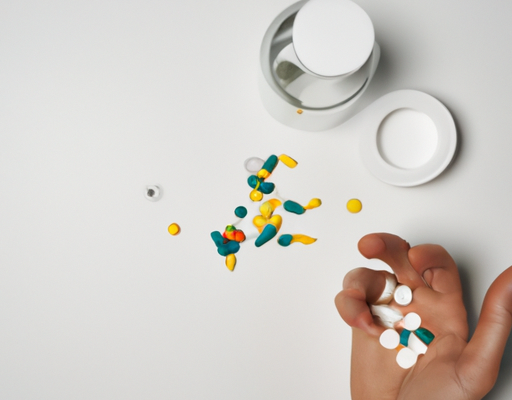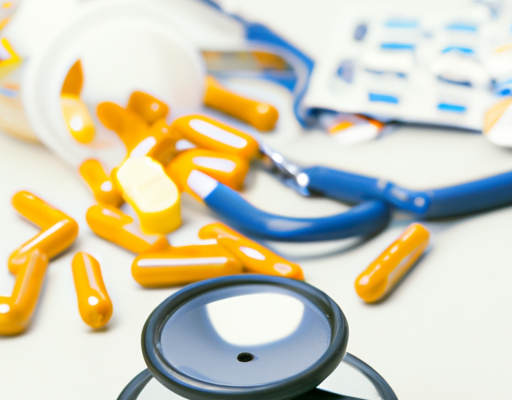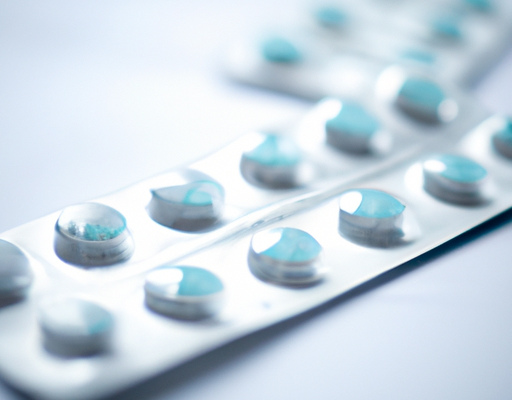Pus Out of Pimple
Pus, a thick yellowish fluid, is a byproduct of skin inflammation, usually caused by bacteria. It is commonly seen in the form of a pimple or boil. Even though it is unsightly, pus is a sign that the body is fighting an infection – it contains a mixture of dead white blood cells, live bacteria, and tissue debris. Getting rid of pus from a pimple is a common concern. Here are some tips to help:
- Apply a warm compress for 5-10 minutes at a time, several times a day.
- Cleanse the area twice a day with a gentle, non-abrasive cleanser.
- Try over-the-counter acne treatments that contain benzoyl peroxide or salicylic acid.
- Gently exfoliate the area and keep the skin moisturized.
- See a dermatologist, if the pimple persists or worsens.
By following these tips, you can help draw out the pus, reduce inflammation, and promote healing of the pimple.
Having a pimple can be an unpleasant experience for anyone, but it is important to treat these issues with care. Pus is the body’s natural way of trying to deal with a pimple, however if left unchecked the infection can continue to grow and cause further irreparable damage. It is important to know the signs of a pimple that may require medical attention, such as an increase in size, warmth or pain, or pus that doesn’t clear up with home treatment. Additionally, if you feel your skin is too sensitive or painful to touch, then it is recommended that you visit a doctor in order to get it properly treated. It is important to take the right steps to ensure that the pimple is treated in the most effective and safe way for your skin.
Causes
Having a pimple on your skin can be an annoying and embarrassing problem for many people, especially during adolescence. The cause of a pimple is an infection by the bacterium Propionibacterium acnes, which is found naturally in the skin. This can occur when the skin pores become blocked with sebum, an oily substance produced by the sebaceous glands in the area. Hormonal fluctuations, such as those that occur during puberty, can cause the sebaceous glands to produce more oil, leading to an increased risk of pimples. Furthermore, hormonal imbalances and stress can cause inflammation, which can make existing pimples worse. In some cases, a person’s diet can also be a factor, as certain foods, such as those high in sugar and saturated fat, may increase the risk of pimples and other skin issues. Finally, a person’s hygiene can also be a factor, as dirt and bacteria on the skin can increase the risk of blocked pores.
Treatments
The best way to treat a pimple is to keep the area clean and dry. You can use an over-the-counter acne wash or cream to help reduce inflammation and redness. Other options include using a warm compress to reduce swelling and a topical anti-inflammatory medication. If your pimple is very large or painful, your doctor may prescribe an oral antibiotic to help clear up the infection. It’s important not to pick or squeeze a pimple, as this can cause an infection or even permanent scarring. Additionally, make sure to avoid harsh scrubs and exfoliants, which can further irritate the skin. The best way to control pimples is to maintain a healthy skincare routine and practice good hygiene.
Home Remedies
If you are looking for a natural, home remedy for a pesky pimple, then look no further. There are a few simple steps you can take with ingredients you likely already have in your kitchen that can help push out the pus and clear up your skin. The best part? These treatments are low-cost and don’t require any harsh chemicals. The most important thing to remember is to be gentle and take care not to irritate the area. Start by washing the affected area with a mild, fragrance-free cleanser. Then, use a warm compress for about five minutes to soften the area and encourage the pus to flow out. You can also try applying a dab of toothpaste, aloe vera gel, or honey to the pimple. All three contain antibacterial properties that can help draw out the pus and reduce inflammation. Finally, using a clean cotton swab, gently press on either side of the pimple. Don’t squeeze the pimple as this can worsen the infection. With patience, you can have clear skin in no time.
Do’s & Don’ts
Having a pimple can be a real bummer and it can be tempting to pick at it. We all know that popping a pimple is not good for our skin, but it can be difficult to resist. So, here are some do’s and don’ts to help you keep your skin healthy and clear:
- Do wash your face twice a day with a gentle cleanser.
- Don’t pick or squeeze the pimple.
- Do use an acne-fighting product, like an acne-fighting moisturizer.
- Don’t use harsh products that can dry out your skin.
- Do use an overnight spot treatment to help reduce the pimple.
- Don’t over-wash your face as this can strip your skin of its natural oils.
- Do use a gentle exfoliating scrub to help remove dead skin cells.
- Don’t use harsh scrubbing products as this can irritate your skin.
Following these simple do’s and don’ts can help keep your skin looking healthy and clear.
Precautionary Steps
When it comes to dealing with pimples, prevention is the best course of action. To reduce the chances of a pimple forming, you should keep your skin clean and free from oil and dirt. Wash your face twice a day and use a gentle, non-abrasive face wash to prevent clogged pores. Avoid touching your face or picking at pimples, which can spread bacteria and cause infection. Additionally, you should wear sunscreen when outdoors and keep a healthy diet of fruits and vegetables, which will help keep your skin healthy and clear. Taking these steps can help to prevent the formation of pimples and ensure you stay healthy.
Conclusion
In conclusion, pimples can be a hassle to deal with but with the right treatment and remedies, you can quickly have your skin back to normal. Proper cleansing and preventive measures such as a good skin care routine can keep pimples away. While some people may opt for home remedies and over-the-counter medications, it is always best to seek help from a dermatologist if your condition persists or worsens. Taking the correct action can help you keep those uncomfortable pimples away for good.





No Comments